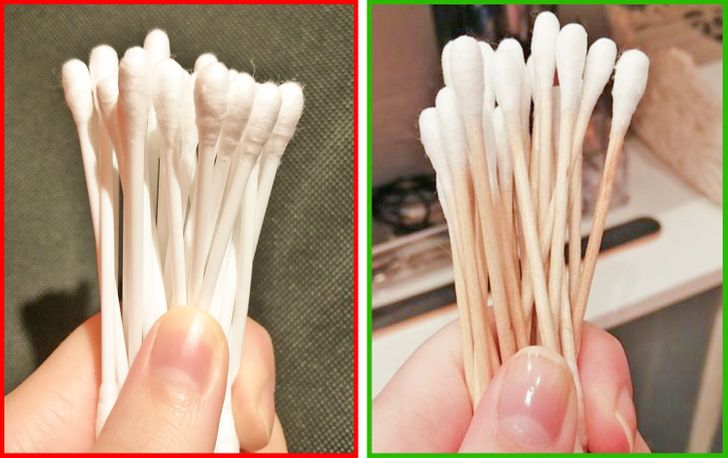How to Reduce Plastic Use
Plastic trash accounts for 12% of all waste that ends up in landfills. A part of it can be recycled, such as waste from polyethylene, for example. But still, reducing the use of plastic is one of the best, most effective ways to get rid of the plastic excess on the planet.
5-Minute Crafts studied the recommendations of eco-activists and collected 10 simple methods that can help you reduce the use of plastic without damaging your everyday routine.
1. Use reusable bags and pouches.
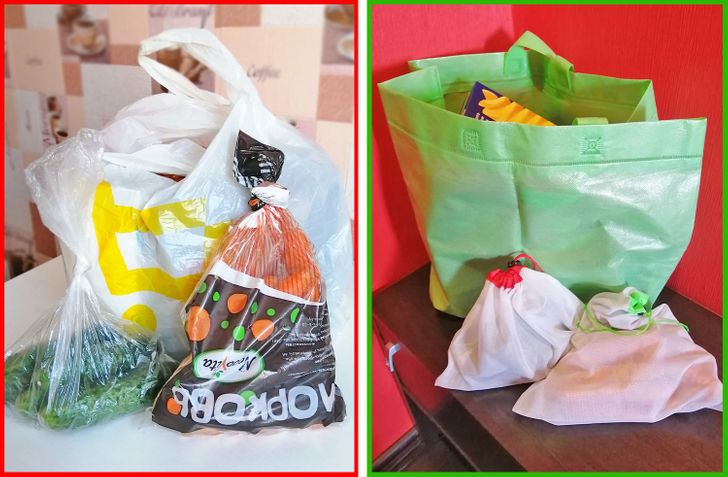
Up to 1 trillion plastic bags are used worldwide every year. Less than 5% of them are sent for processing, and the rest end up in a landfill.
In order to reduce the amount of plastic trash you acquire, use reusable bags. They’re typically sold at the check-out zones in almost all supermarkets. Bring a reusable bag with you every time you go to buy products. Additionally, you can buy reusable pouches. They can replace disposable plastic bags for goods that are sold by weight.
2. Don’t go for fruits and veggies that are sold on plastic trays.
Don’t buy products that have excess plastic packaging. For example, fruits and greens are often placed on plastic trays and wrapped in plastic film. It’s convenient for the buyer but harmful for nature.
Instead, opt for products that are sold by weight. Saving money will be an added bonus because such products are often cheaper than the packaged ones.
3. Opt for goods sold by weight or in paper packs.
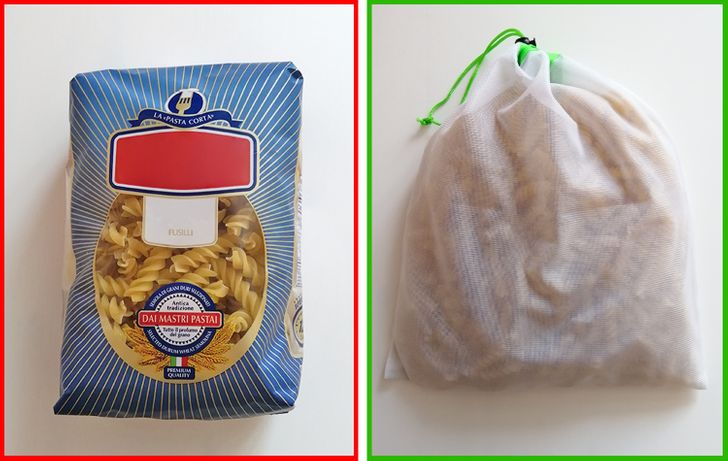
There are many other products you can buy by weight, like groats, pasta, beans, tea, coffee, and even spices.
If for some reason you don’t like the quality of products sold by weight, opt for goods stored in paper or carton packages instead of plastic. It’s easier to recycle paper, which is why it’s considered a more eco-friendly material than plastic.
4. Use loose-leaf tea instead of tea bags.
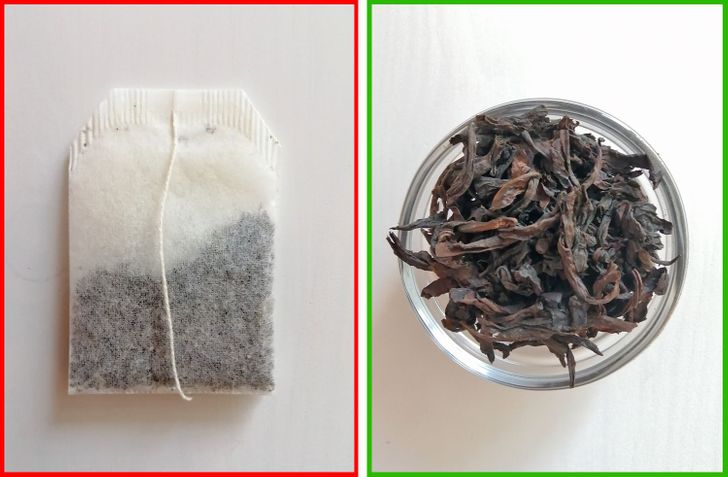
Even a paper tea bag contains a small amount of plastic. Its disposal leads to the ingress of microplastics into wastewater, then into the oceans, and ultimately, into our food chain. Tea pyramids that contain more plastic than regular teabags are especially dangerous.
In order to help nature, refuse tea bags and shift to loose-leaf tea. You can make it either in a teapot or right in the mug with the help of a special tea-making sieve. Moreover, you’ll get a small bonus — loose-leaf tea is usually of better quality than the kind found in bags.
5. Say no to disposable eating utensils, straws, and more.
When ordering food delivery or a coffee-to-go, give up on disposable plastic straws and other accessories. They will only serve you for several minutes but will decompose in a landfill for up to 200 years, polluting the environment.
Instead, use your own straws and utensils when you order food delivery to your home, or you can carry your own with you if you buy takeout food to bring to your office where there are no reusable forks and spoons. You can keep a set of eating tools in your personal drawer and use them when necessary.
6. Use reusable mugs and bottles.
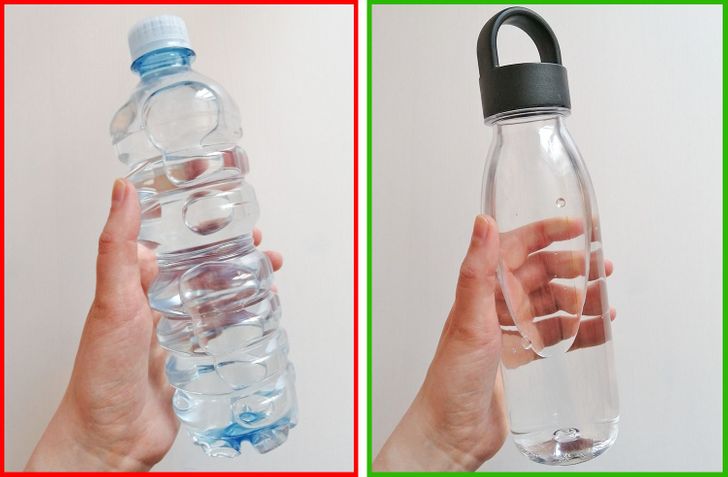
Instead of buying disposable plastic bottles, get yourself a reusable one. Fill it with water at home and take it with you for walks or to the gym. Not only will it help you reduce the amount of waste you use, but it can also save you some money.
If you often buy coffee to-go, get yourself a reusable thermo-mug and ask the barista to pour the coffee into it instead of a disposable one every time you decide to have a cup of this aromatic drink. Though the latter might look like a paper mug, still, its inner layer consists of polyethylene. Theoretically, the composite material can be recycled, but in most countries, there is no infrastructure for this.
7. Install a water filter.
Perhaps you buy bottled water for more than gym trips and walks. Oftentimes, people buy them for home use because they’re not satisfied with the quality of tap water.
Pay attention to things like filters as an alternative to plastic water bottles. It’s not necessary to install an expensive multi-step system under the kitchen sink. A simple tabletop filter can cleanse water well too — it will save you money and reduce your personal plastic waste.
8. Buy wood-based Q-tips.
Plastic Q-tips pose such serious environmental problems that some countries prohibit their sale completely. This was done in Great Britain when they calculated that about 1.8 billion Q-tips were used in the country annually. About 10% of them get washed away through the sewage system, end up in wastewater, and then get dumped into the ocean.
An eco-friendly alternative to the Q-tip is a wooden swab. Unfortunately, it’s not that easy to find these in supermarkets, but it’s not hard to order them online, especially in shops that offer eco-friendly products.
9. Replace liquid soap with bar soap.

Liquid soaps empty faster and leave behind an empty plastic bottle. Replacing such soap with bar soap will save you money and help you get rid of unnecessary waste. In addition, shampoo, shaving products, deodorants, and even lip balm can be found in solid form too.
10. Don’t buy kitchen utensils made of plastic.
Many kitchen utensils are made of plastic. They’re cheap and practical but very harmful to the environment because eventually, they end up in the landfill anyway. Moreover, bisphenol A, which can be found in plastic utensils, gets into food when heated and is likely to cause health problems.
When buying kitchen utensils, give preference to the kinds made of wood, glass, or metal. Kitchen spatulas and cutting boards can be made of wood; jars and containers for bulk products can be made of glass; and ladles, teapots, coffee pots, and other utensils can be made of metal.
